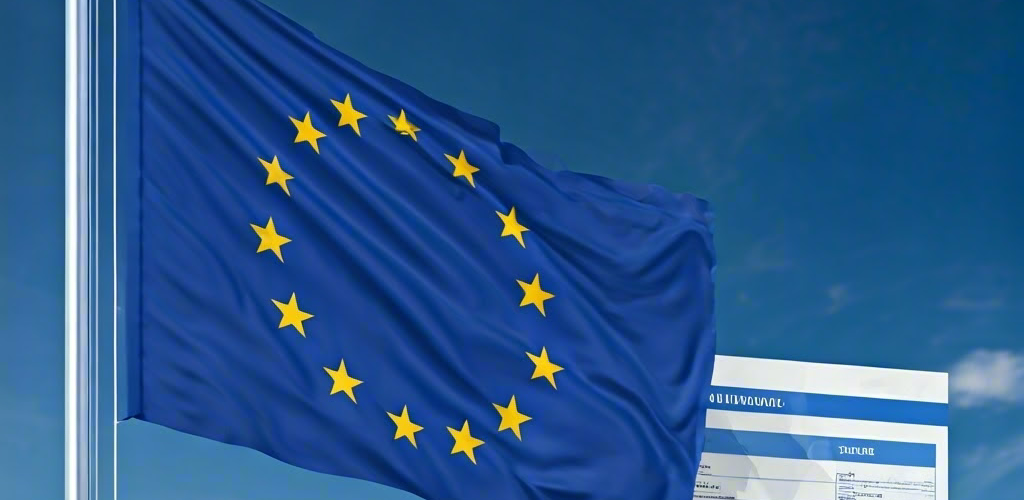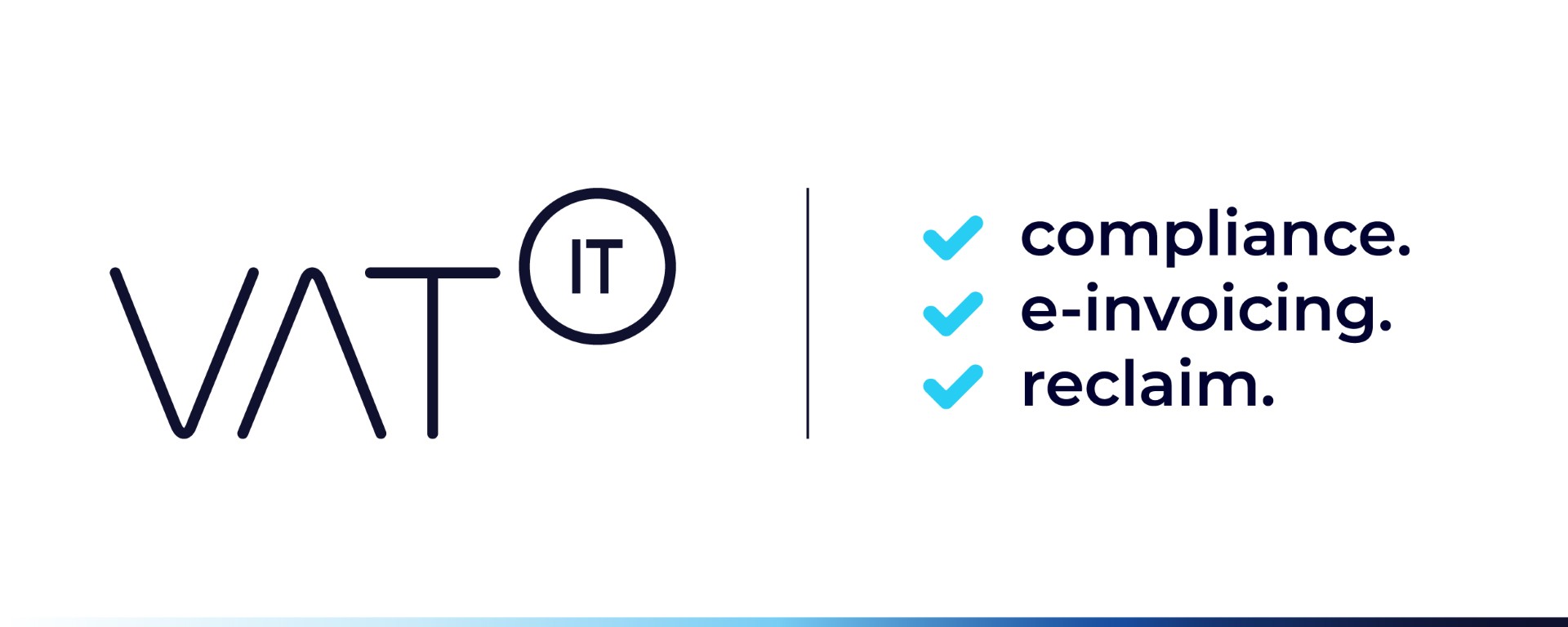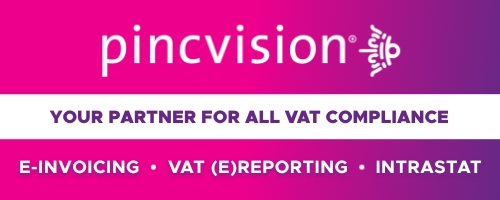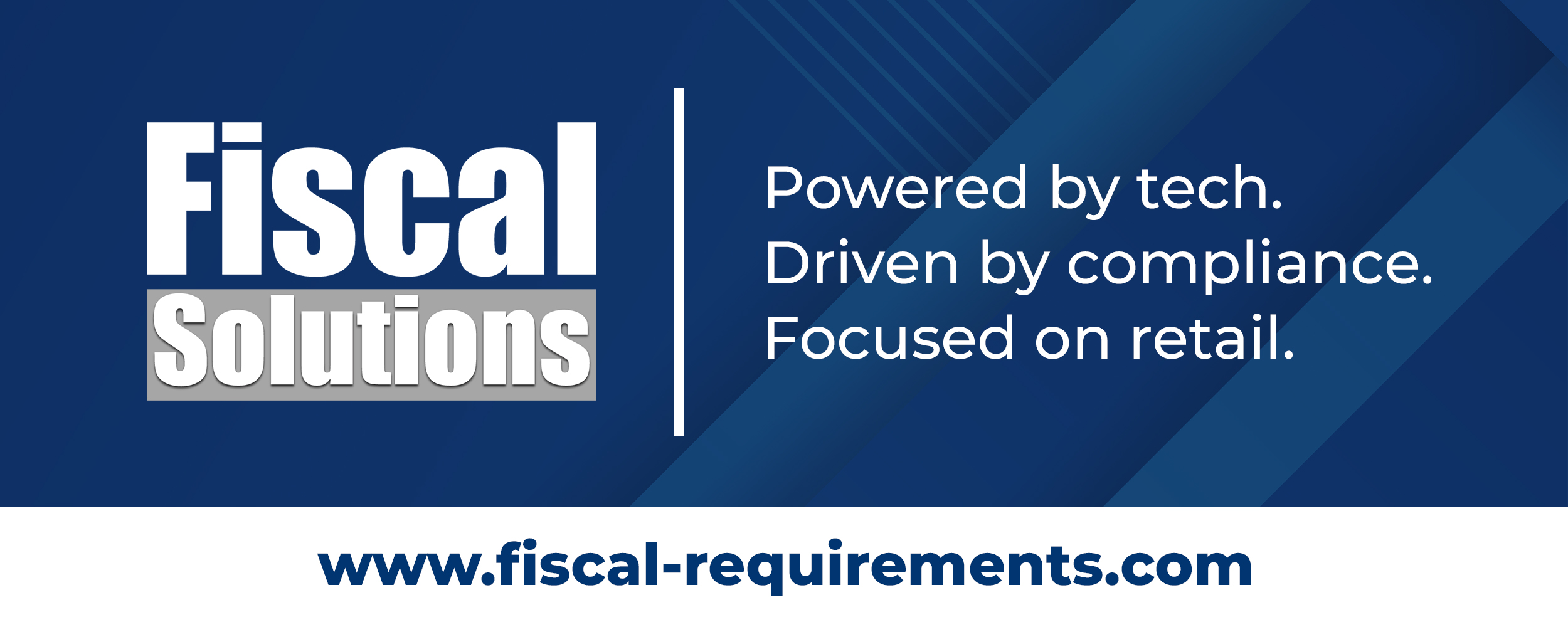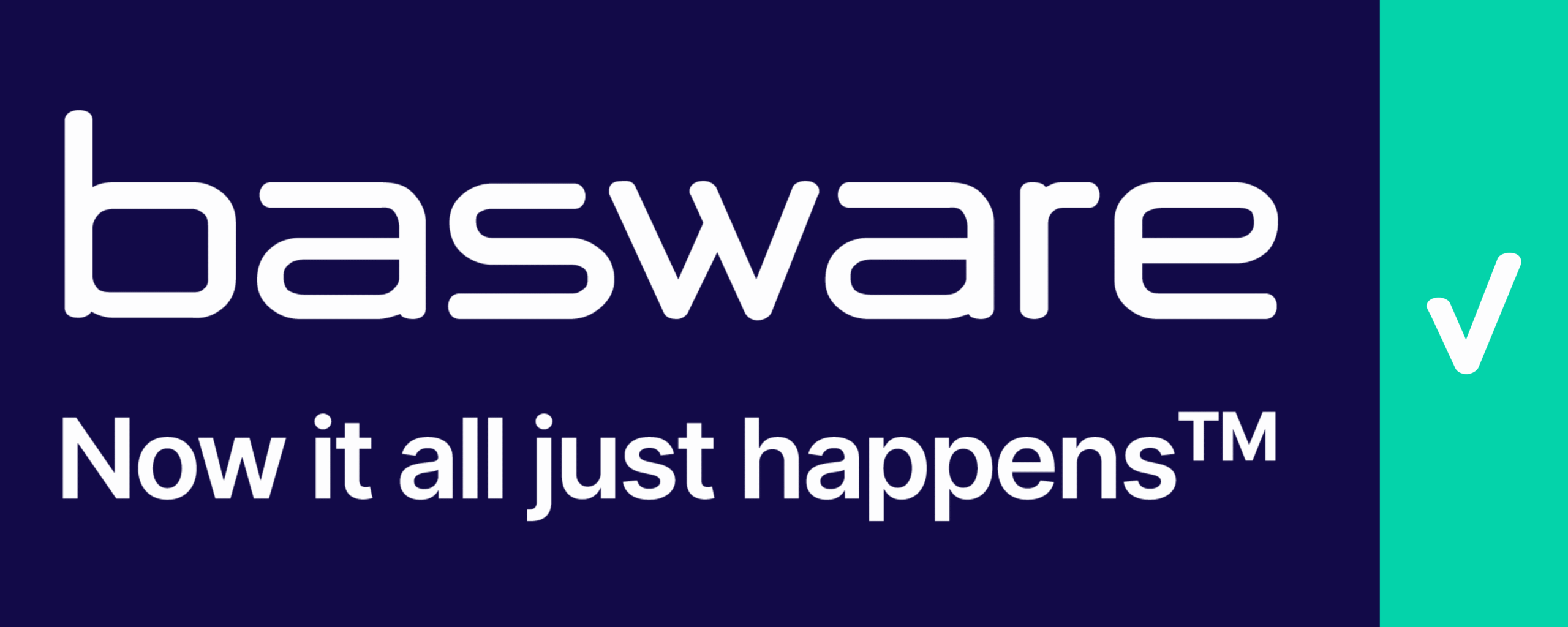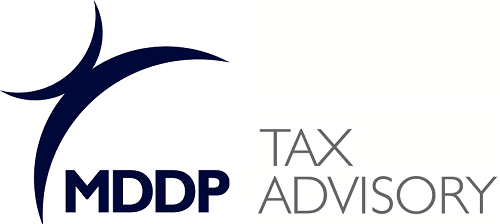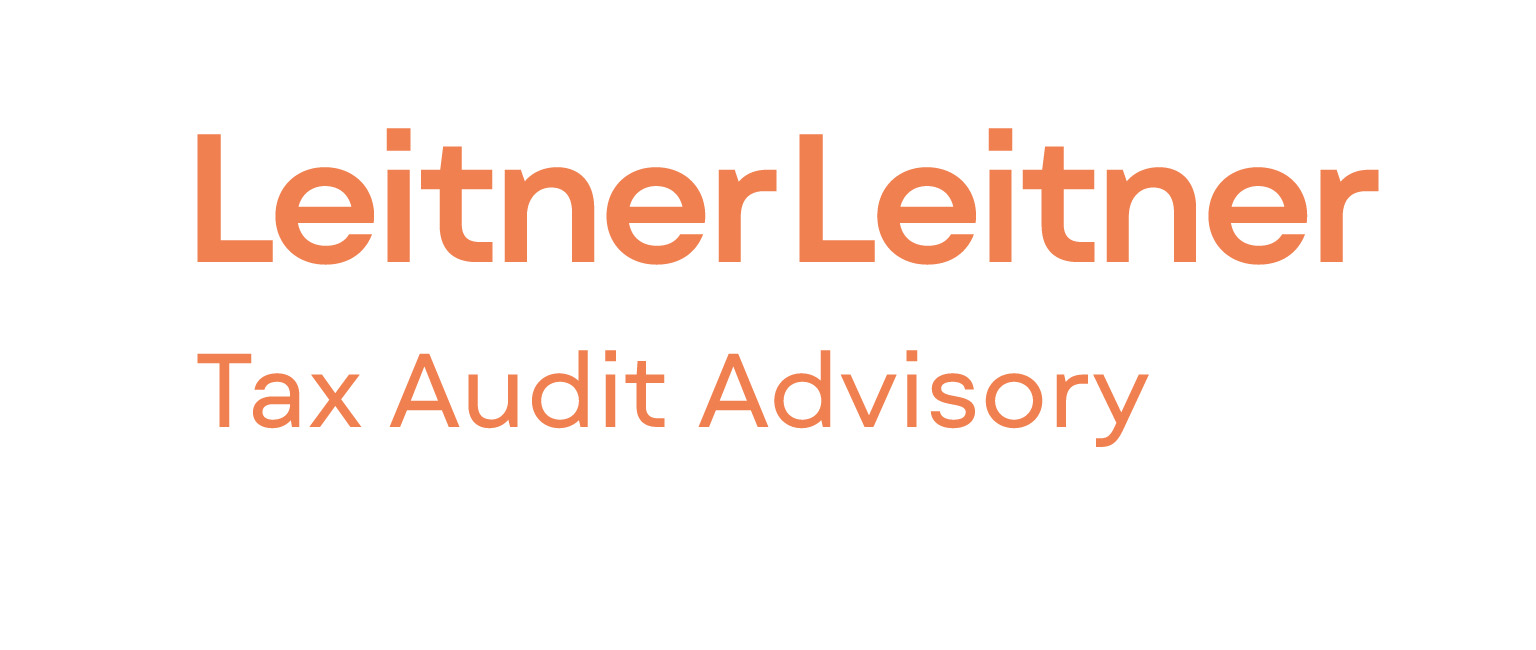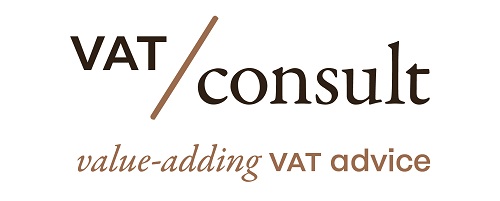This invoice will give rise to a number of VAT issues:
- When must an invoice be issued?
- Does the invoice have to include VAT?
- What information must be included on an invoice?
- What VAT rate should be mentioned on an invoice?
- Should the invoice be sent to your customer in paper form or electronically?
Summary
- Importance of Invoicing: Issuing an invoice is essential for businesses to receive payment from customers and is a crucial VAT document. Invoices must be correctly formatted and complete to avoid penalties and issues during tax audits, as outlined in Articles 217 to 237 of the VAT Directive.
- Timing and VAT Inclusion: Generally, invoices should be issued when goods or services are delivered, but exceptions exist (e.g., advance payments). Typically, invoices must include VAT, though certain situations may shift this obligation to the customer, known as “reverse charge” situations.
- Mandatory Invoice Information: The VAT Directive specifies minimum information required on invoices, which may vary by country. Businesses must pay attention to details such as currency conversion rates and specific justifications for not charging VAT.
- Electronic Invoicing Requirements: While many companies send invoices via email in PDF format, this does not meet the criteria for electronic invoicing as per the VAT Directive. Several countries are moving towards mandatory electronic invoicing and real-time reporting to tax authorities.
- Risks of Incorrect Invoicing: Mistakes on invoices, such as insufficient descriptions, missing customer details, or incorrect VAT rates, can lead to financial penalties and disputes. Proper invoicing requires a solid understanding of VAT regulations and compliance measures to ensure recovery of VAT on expenses and smooth business transactions.
Source vatdesk.eu
Latest Posts in "European Union"
- ECJ Clarifies Pre-2015 VAT Rules for Online App Sales Through EU Marketplaces
- VAT Calculation in Four-Party Supply Chains: Application of Triangular Transaction Rules in the EU
- Dispute Over Royalties and VAT for Unauthorized Public Communication of Protected Music Works in Romania
- EU Proposal: Granting EPPO and OLAF Access to VAT Information to Combat Fraud and Corruption
- Malaga Bids to Host European Union Customs Authority Headquarters Amidst Strong European Competition


